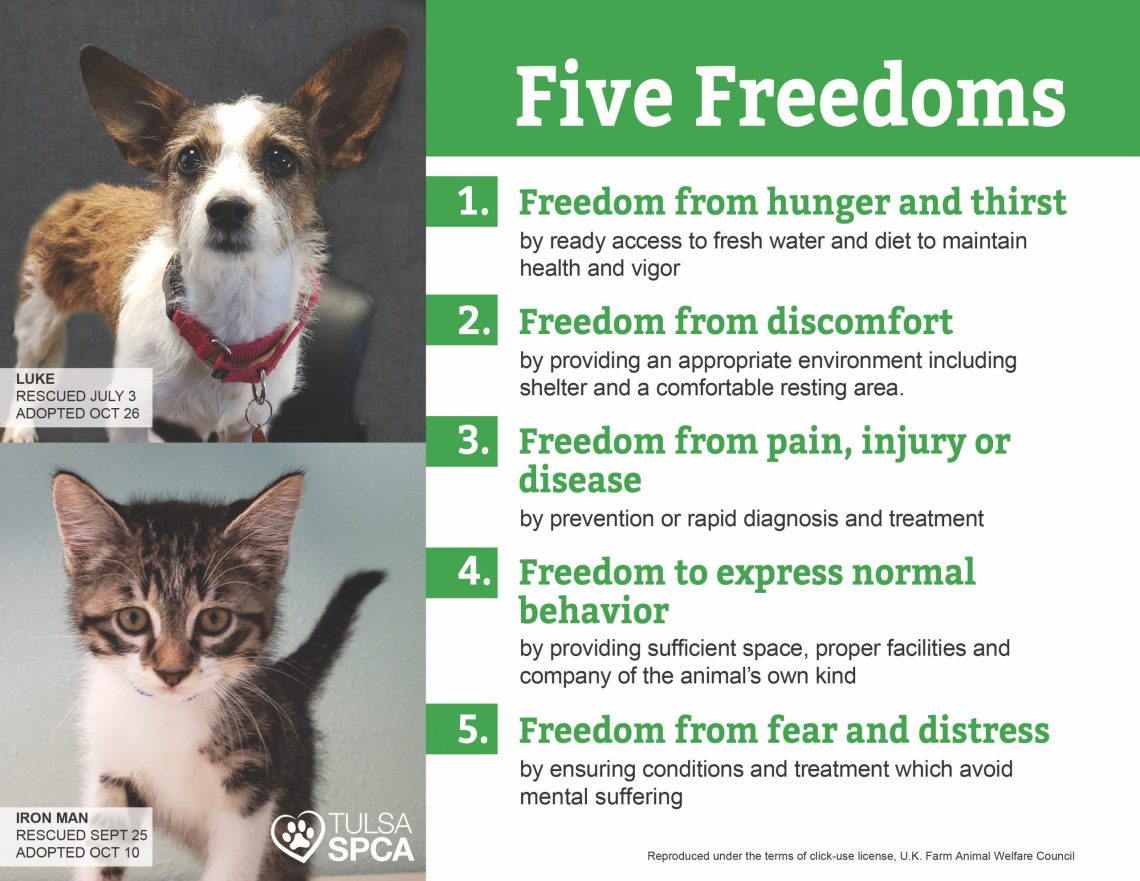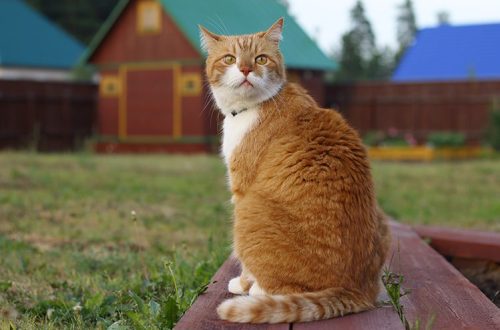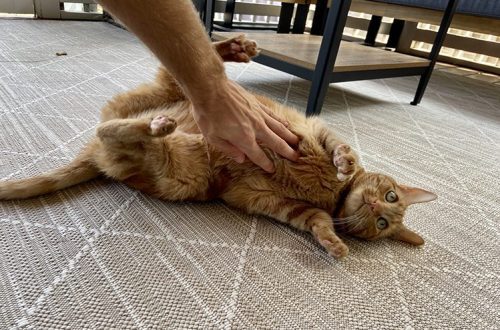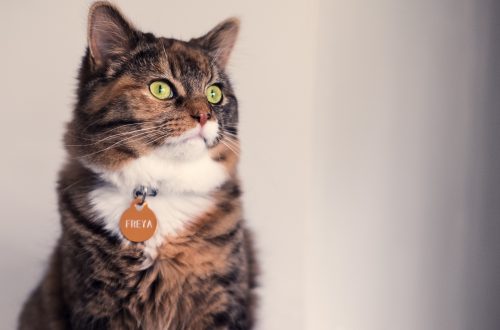
5 miv ywj pheej
Cats are very popular as companions, but scientists have practically not studied these animals as pets. As a result, there are many myths about how cats behave, how they interact with people, and what they need to be happy. However, the data obtained from studying the behavior and well-being of cats living in shelters and laboratories can be applied to cats living in families. Including the concept of five freedoms. What are the five freedoms for a cat?
txheem
- 5 freedoms for a cat: what is it?
- Kev ywj pheej 1: los ntawm kev tshaib plab thiab nqhis dej
- Kev ywj pheej 2: los ntawm kev tsis xis nyob
- Kev ywj pheej 3: los ntawm kev raug mob thiab kab mob
- Freedom 4: on the implementation of species-typical behavior
- Kev ywj pheej 5: los ntawm kev tu siab thiab kev txom nyem
5 freedoms for a cat: what is it?
The concept of the 5 freedoms was developed in 1965 (Brambell, 1965) to describe the minimum standards for the maintenance of animals that, by the will of fate, found themselves in human care. And this concept can be used to assess your cat’s well-being and understand what she needs to be happy.
The 5 freedoms of a cat are the conditions that will allow the purr to behave normally, not experience distress and get everything he needs. 5 freedoms is not some kind of transcendental level of happiness, but just the minimum that every owner is obliged to provide a pet.
Irene Rochlitz (University of Cambridge, 2005) based on numerous studies (e.g. McCune, 1995; Rochlitz et al., 1998; Ottway and Hawkins, 2003; Schroll, 2002; Bernstein and Strack, 1996; Barry and Crowell-Davis, 1999; Mertens and Turner, 1988; Mertens, 1991 and others), as well as based on the framework created by scientists (Scott et al., 2000; Young, 2003, pp. 17–18), defines the 5 freedoms of the cat as follows.
Kev ywj pheej 1: los ntawm kev tshaib plab thiab nqhis dej
Freedom from hunger and thirst means a cat needs a complete, balanced diet that meets the individual animal’s needs for nutrients, vitamins and minerals at every stage of life. Clean fresh water must be available at all times. Water for a cat must be changed as needed, but at least 2 times a day.
Kev ywj pheej 2: los ntawm kev tsis xis nyob
Freedom from discomfort means that the cat needs to create suitable living conditions. She should have a comfortable hiding place where she can retire. There should be no sudden changes in air temperature, as well as extreme cold or heat. The cat should live in a room that is normally lit, where there is no strong noise. The room must be clean. The cat should live in the house, and if she has access to the street, it should be safe there.
Kev ywj pheej 3: los ntawm kev raug mob thiab kab mob
Freedom from injury and disease does not mean that if the cat is sick, then you are a bad owner. Of course not. This freedom means that if a cat becomes ill or injured, it will receive quality care. In addition, it is necessary to do everything possible to prevent cat diseases: timely vaccination, treatment for parasites (ticks, fleas, worms), sterilization (castration), chipping, etc.
Freedom 4: on the implementation of species-typical behavior
The freedom to exercise species-typical behavior means that the cat must be able to behave like a cat, to display the normal behavioral repertoire. This freedom also covers the scope of the cat’s communication with other animals and with people.
It may be difficult to determine what is normal behavior for a cat, and how much the cat is suffering, deprived of the opportunity to demonstrate such behavior. For example, hunting is a normal species-typical behavior of a cat (catching small rodents and birds), but we cannot allow a cat to hunt wild animals on the street: cats have already been called “the main enemies of biodiversity”, their hunting behavior damages nature. This means that the inability to hunt for real needs to be compensated – and games that imitate hunting help in this.
Leaving marks, including with the help of claws, is also a normal species-typical behavior for a cat. So that it does not cause damage to property, it is worth providing the purr with a suitable scratching post for use.
A natural part of a pet’s behavior is human interaction, and the cat should be able to both communicate safely with the owner and avoid that interaction if the cat is, for example, tired, not in the mood, or simply wants to rest.
Kev ywj pheej 5: los ntawm kev tu siab thiab kev txom nyem
Freedom from grief and suffering implies that the cat does not die of boredom, has the opportunity to have fun (including access to toys), rudeness or cruelty is not allowed in handling it, methods of education and training are humane and do not involve violence.
Only if you provide a cat with all five freedoms, we can say that her life has turned out well.





